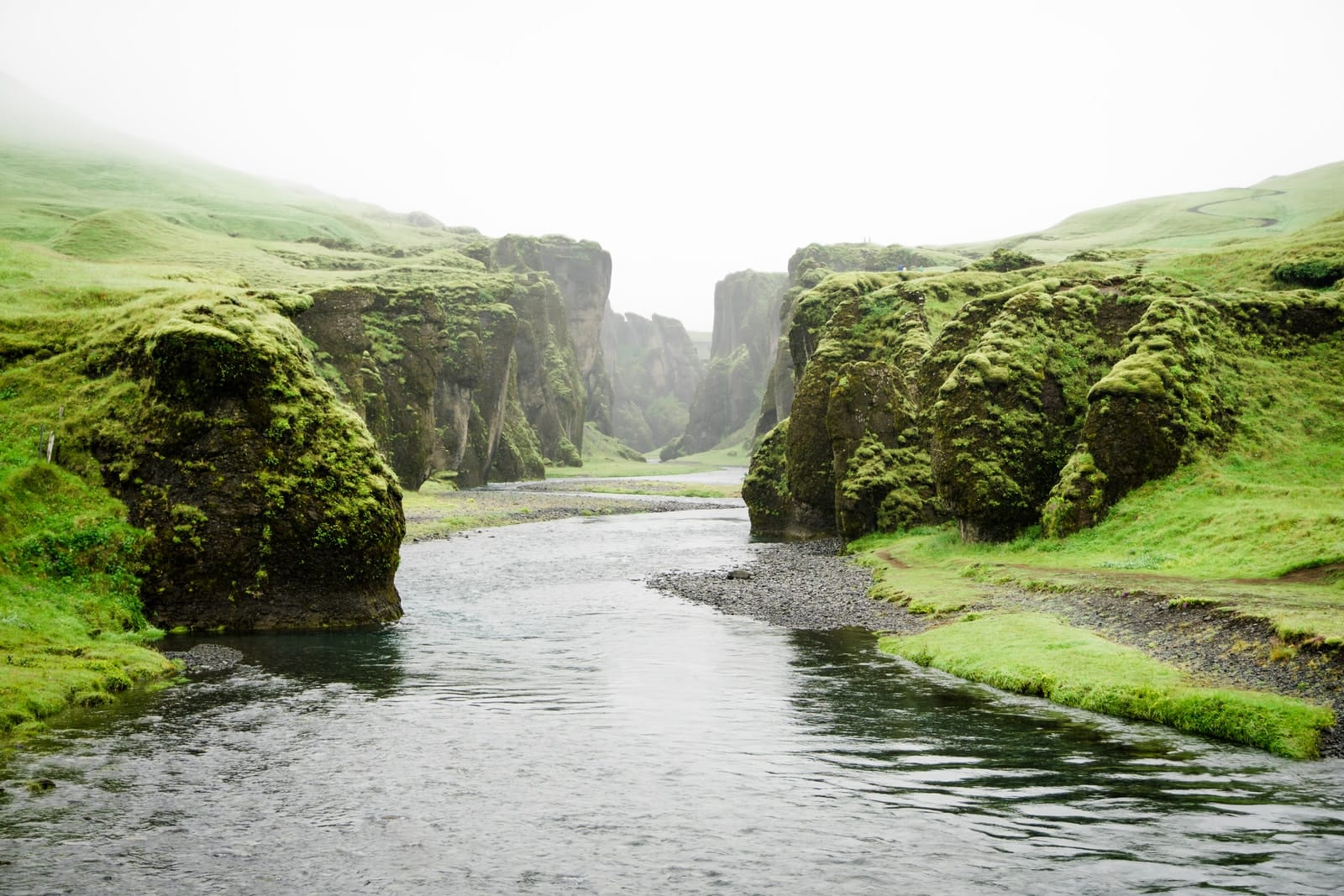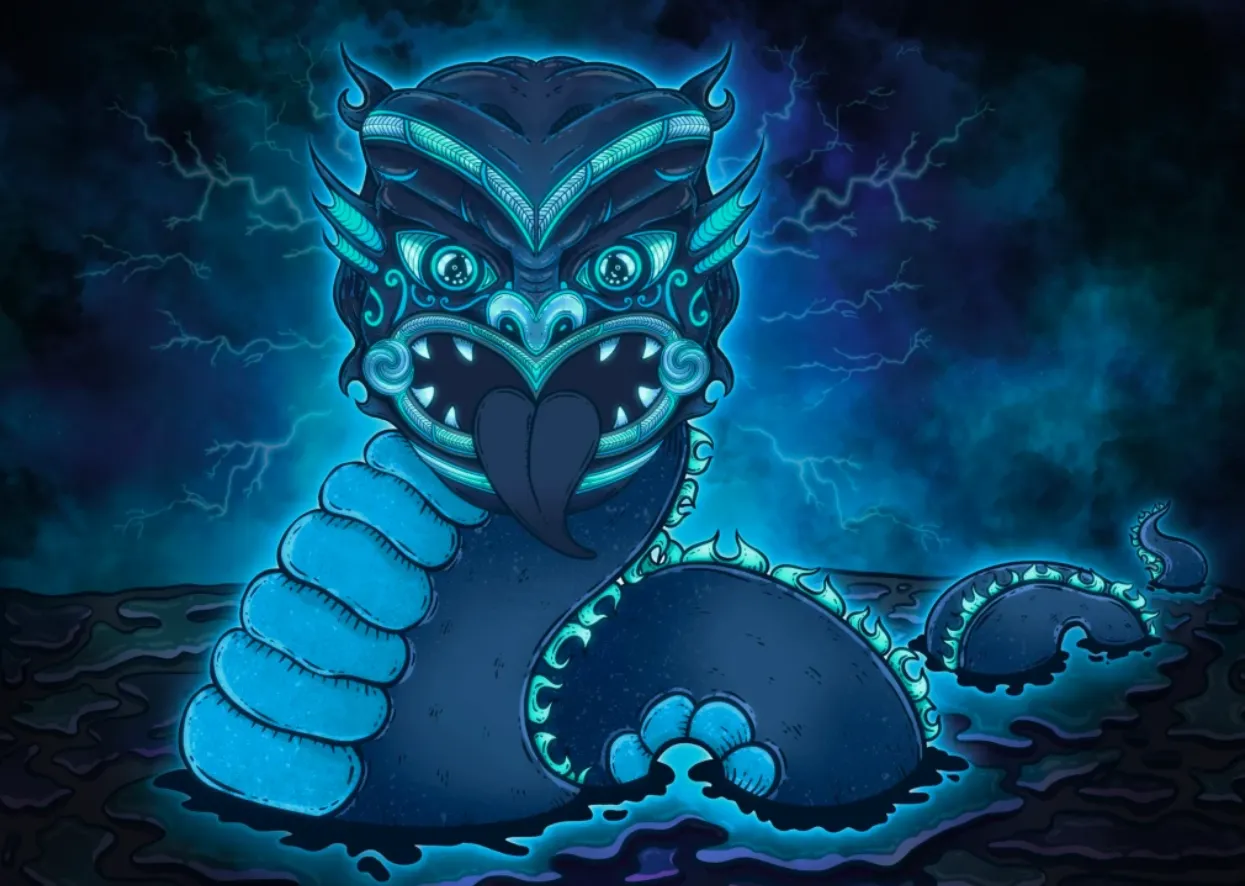Christopher Ruthe
waikanaewatch.org
Information
Opinion
In Maori mythology, taniwha (Maori pronunciation: [tanifa]) are large supernatural beings that live in deep pools in rivers, dark caves, or in the sea, especially in places with dangerous currents or deceptive breakers (giant waves). They may be considered highly respected kaitiaki (protective guardians) of people and places, or in some traditions as dangerous, predatory beings, which for example would kidnap women to have as wives.
Wikipedia
Just as the Black Ferns brought glory to New Zealand through their stunning achievements in winning the Women’s World Rugby Cup so New Zealand science is claiming a World first in the world of science. The Marsden Fund of the Royal Society has poured $360,000 (an amount that pays for super for 17 pensioners for one year or purchases 480,000 Moro bars) into research proving that the taniwha is the prism through which everyone will see the world and its workings in it true light. Read it here.
The Marsden proclaims this research as a highlight; it is printed in bold red: Our funds and opportunities Marsden Fund: 2022 Marsden Fund Highlights: The tails [tales? —Eds] of taniwha told: A cultural history.

All readers will know it is axiomatic: you can only have a history if an event and/or a being has existed. In the very act of funding, the Royal Society is affirming the actual existence of taniwha. They are not simply legendary supernatural things.
The Marsden Fund was set up to pursue cutting-edge scientific research that could make great breakthroughs in the advance of knowledge. Examples that spring to mind are the discovery of penicillin and the discovery of DNA. Marsden makes its claim to funding such research with its website saying:
“The Fund supports research excellence in science, engineering and mathematics, social sciences and the humanities. Marsden is regarded as the hallmark of excellence for research in New Zealand”.
What is so significant about taniwha that requires the intellectual searchlight bearing the “hallmarks of excellence” to be focused upon it?
The lead researcher Dr Kirsty Dunn (Te Aupouri, Te Rarawa, Ngapuhi) of the University of Canterbury says the research is “to elevate the …ways of thinking about taniwha“. We are told it “uses the taniwha to explain complexities and challenges both in Aotearoa and around the world, and find out who they are, rather than what they are”. A careful reader will note that while Dr Dunn’s name gives the impression of being non-Maori, only her Maori ancestry is listed by the Marsden Fund.
In other words, by enlightening the whole of humanity about the unique intellectual prism of the taniwha all the complexities in the world will lose their complexity. The cloak that has darkened our perceptions will be lifted, and all challenges will be explained. When one is told how fundamental this research is to the understanding of ourselves can one wonder why Marsden funded this project?
Further, there is the promise that this project will find out who they [taniwha] are, not what they are.
Marsden has accepted that taniwha are not mere wood gods, objects, “whats” nor mythic dragons. They have persona, personality; they are a “who.” Dr Dunn and her team “will create biographies of taniwha, presenting them – and the various rich korero which describe and illuminate them”.
It is noted that Marsden considers creating biographies as part of research excellence. The commonly accepted idea that a biography is written based on established historically verified facts about the person is not hallmark research. In NZ, good science prefers that biographies, especially of taniwha be created.
‘Te Ara: the Encyclopedia of NZ’ definition of Taniwha — “Taniwha are supernatural creatures whose forms and characteristics vary according to different tribal traditions” — is rejected as is the NZ Oxford Dictionary definition: “a water monster of Maori legend“. They are not legends.
Marsden fully approved of the project’s renunciation of taniwha as legend accepting Dr Dunn’s finding of fact that they are real persona! “Many New Zealanders equate taniwha with the dragons, trolls, and ogres of fairy tales and fables.”
We are told taniwha are far removed from the troll lurking under the bridge across the river. Rather, they are the river: they are whanaunga.

She goes on to say taniwha are: “often our relations that challenge us, help us and guide us at times. So we really want to elevate those kinds of ways of thinking about taniwha.” Dr Dunn cites as her evidence for what taniwha really are “various purakau.” The word is not defined so I resorted to the Te Aka Maori Dictionary. It defines it as being a school of learning where tohunga taught esoteric knowledge, rituals, karakia and creation stories.
One wonders why, if the research is to debunk the myth of taniwha as being supernatural mythical creatures, you would use as your main evidence information from the very purahau schools which are experts in Maori myth.
Time will tell whether the goal of enlightening the whole of humanity about the unique intellectual prism of the taniwha through which all the complexities in the world will cease their complexity and everyone will be able to see reality as simple taniwha-born truths.
If the Marsden Fund selectors prove as clever as the selectors of the Black Ferns world-beating team, New Zealand will have conquered the world of scientific history. As the Prime Minister said last week, “Bring it on.”









